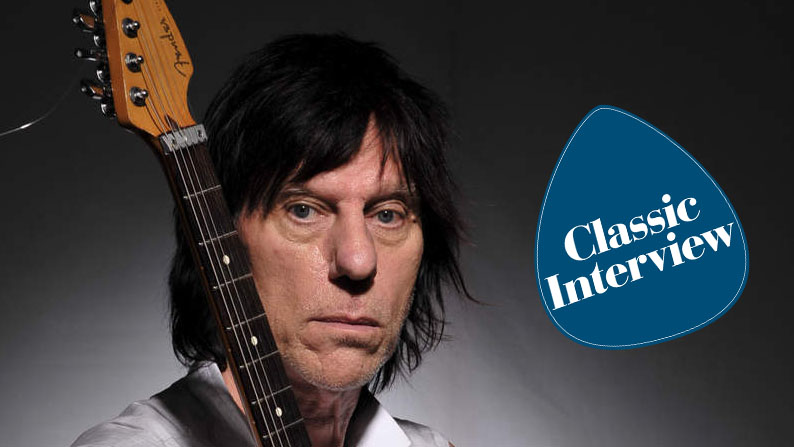"His experimentation with the physicality and tonal possibilities of the electric guitar seemingly knew no bound": 5 songs you need to hear by Jeff Beck
To mark the birthday of the guitar heroes' guitar hero, we revisit a discography like no other
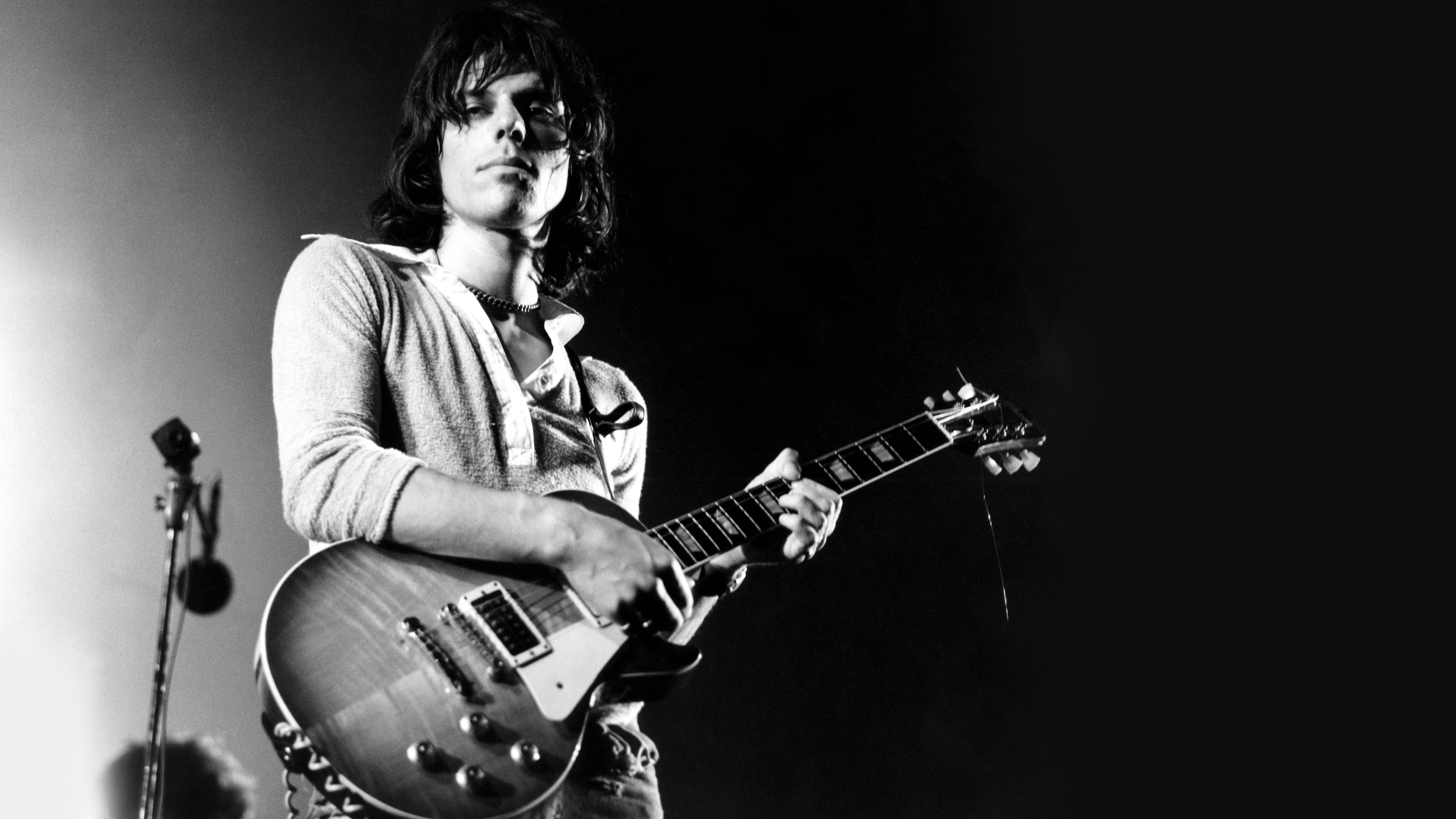
Make no mistake, while he never received such incendiary levels of popularity as Eric Clapton or Jimmy Page – his predecessor and successor respectively in The Yardbirds – Jeff Beck was without doubt one of the most astounding players to have ever manhandled a guitar.
After having stepped in to fill Clapton’s shoes in the genre-pioneering “Yardies” aged just 21, Beck stayed at least one step ahead of the musical curve throughout his nearly six-decade long career.
His studio releases spanned genres ranging from blues-rock to hard rock, jazz fusion and even electronica. His experimentation with the physicality and tonal possibilities of the electric guitar seemingly knew no bounds, and he was equally adept at riffing, soloing, playing slide and creating melodic, whammy bar-driven soundscape adventures.
Perhaps herein lies the reason that not as many listeners have embraced or understood Beck as they have Clapton or Page: it is simply very hard to define him as a single ‘type’ of player.
If you were to stick Jeff Beck’s entire back catalogue on shuffle, you’d be confronted with some serious generic shifts – perhaps to a slightly confusing extent, especially if you were not around to follow the developments of his career in real time.
This, combined with the predominantly instrumental nature of much of his work, can make for some slight accessibility hurdles – but if perseverance is warranted with anyone, it's warranted with Jeff Beck.
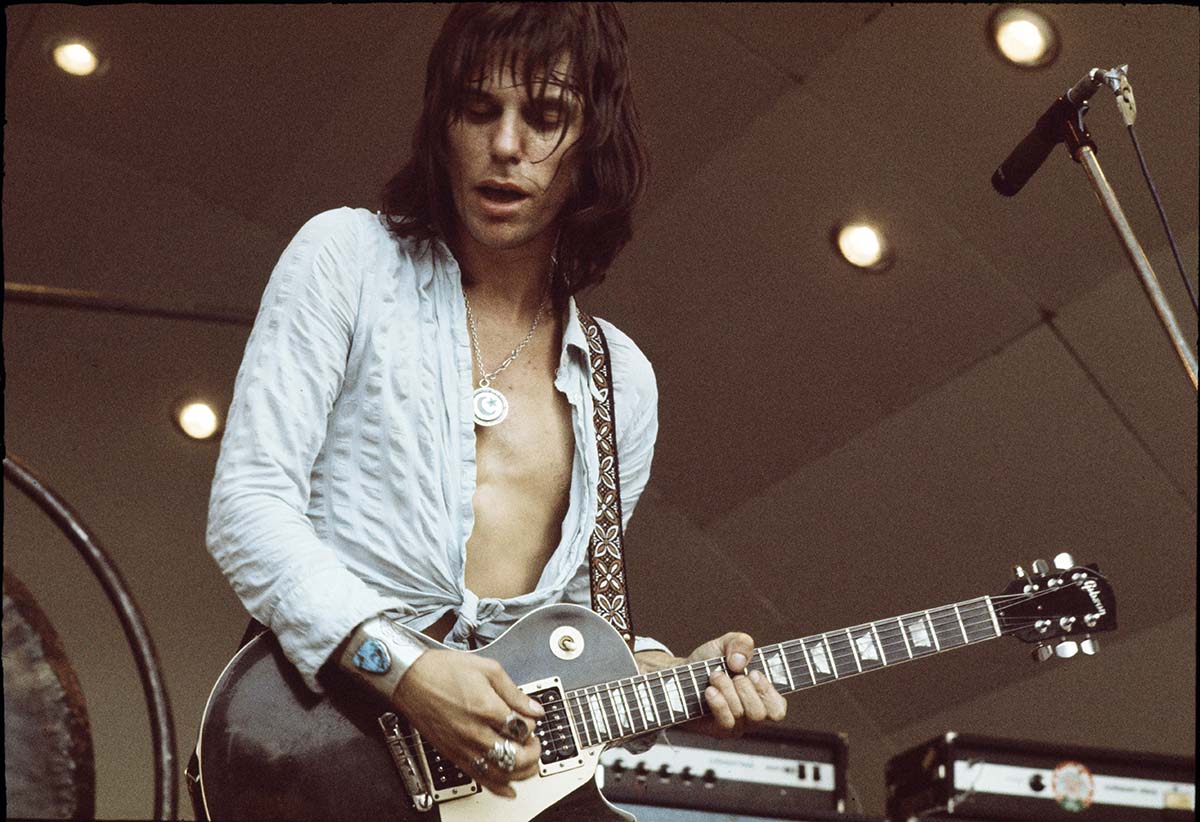
This list aims to provide some jumping-off points to start exploring his expansive repertoire, with stand-out tracks from key points in his career.
Get the MusicRadar Newsletter
Want all the hottest music and gear news, reviews, deals, features and more, direct to your inbox? Sign up here.
1. Beck’s Bolero – Truth (1968)
Recorded in 1966 and released in 1967, Beck’s Bolero was Jeff’s first release after leaving The Yardbirds. Strictly speaking, it was released merely as the B-side to Hi Ho Silver Lining, but even Jeff himself might thank us for not dwelling on that one for too long. Two years after it was recorded, the track was added to Beck’s 1968 debut album, Truth.
The song was inspired by Maurice Ravel’s Orchestral piece, Bolero, and was written by Beck’s long-time friend, Jimmy Page, who also played the rhythm parts on his Fender Electric XII twelve-string electric guitar. The band also featured Keith Moon on drums, John Paul Jones on bass and Nicky Hopkins on keys. It was an ensemble that could quite easily have gone on to become Led Zeppelin had the stars aligned a little differently.
The song consists of three distinct parts. Over the first section, Beck’s lead parts, which he played on a Gibson Les Paul through a Vox AC30 amp, alternate between a fuzz-driven main melody and an echo-laden slide motif. Part two leaps into action with a scream from Keith Moon and the melody line is ditched in favour of multiple interwoven layers of guitar effects including feedback, phase and echo – all rather experimental soundscaping techniques for the time.
I couldn’t believe it when we went back and listened to it in the control room
Jeff Beck
The climactic part of the track builds with layers of unadulterated blues-rock wailing before concluding abruptly at just 2 minutes and 50 seconds. All in all, it’s a pretty wild ride, and its psychedelic leanings just about pre-date other milestones in the genre such as Jimi Hendrix’s arrival in London and the formation of Cream.
Reflecting in a 2018 Classic Rock Magazine interview, Beck noted of the track’s particular alchemy: “I couldn’t believe it when we went back and listened to it in the control room. We were going: ‘This is amazing. What can we do with it?’ And the next thing we know Keith is back with The Who and the whole thing never got off the ground.”
2. Cause We’ve Ended as Lovers – Blow By Blow (1975)
Cause We’ve Ended As Lovers is a real highlight of Jeff Beck’s 1975 George Martin-produced, all-instrumental album, Blow by Blow. It was written by Stevie Wonder and features some of Beck’s most vocal and mournfully expressive playing.
Wonder and Beck had become friends a few years earlier and collaborated on Wonder’s 1972 record Talking Book. Alongside the words “thanks to Stevie” in Blow by Blow’s liner notes, Beck also dedicates the track to Roy Buchanan – a player who had been an early influence on him.
Buchanan pioneered expressive playing techniques like creating tone and volume swells by manipulating his guitar’s control knobs.
You can hear the direct influence of this right from Beck’s opening wails and then throughout the song’s emotive melody and lead parts. It’s a technique that Beck adopted, perfected and advanced throughout his career until it became a trademark of his sound. In live performances, you’ll rarely see him without his little finger within touching distance of the volume and tone pots – poised ready to create dynamic variances akin to the human voice.
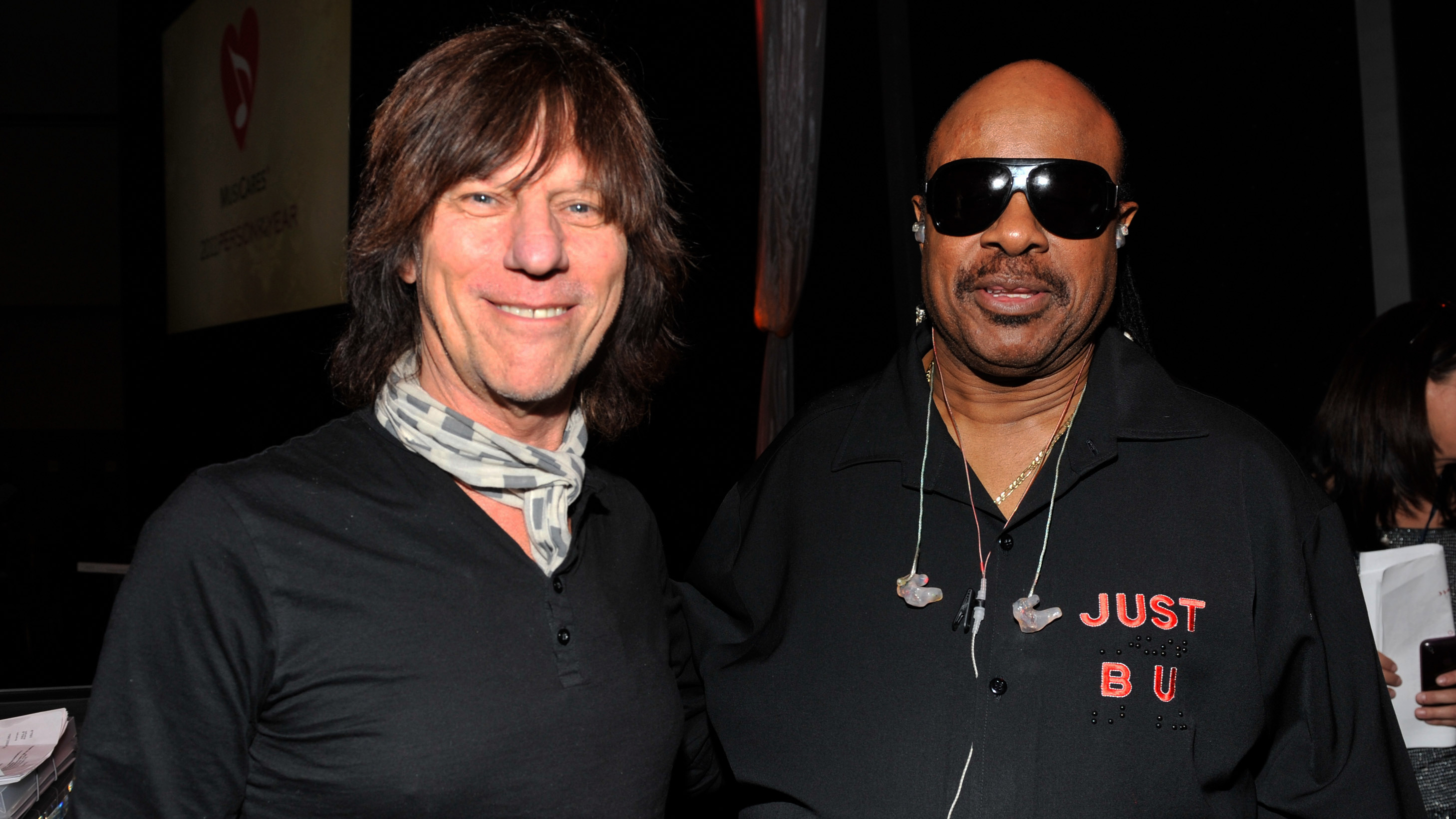
The unique guitar tone on this track is also owed, in part, to the use of a unique guitar: Beck’s famous “Tele-Gib”. A gift to Beck from Seymour Duncan, the Tele-Gib is a hybrid guitar with the body of a 1959 Fender Telecaster and the pickups of a 1959 Gibson Flying V that had once belonged to Lonnie Mack.
In the words of Duncan himself: “I worked on each detail of the guitar, so that it would be something unique and worthy of Jeff’s talent. Once it was finally ready, I brought Jeff the completed guitar and he seemed impressed.”

There aren’t many video recordings of the guitar in action, but you can see it in a live performance of Cause We’ve Ended as Lovers from Amnesty International’s The Secret Policeman’s Other Ball from 1981. For this performance, Beck was joined on stage by none other than Eric Clapton.
3. Goodbye Pork Pie Hat – Wired (1976)
Goodbye Pork Pie Hat has long been a staple of Jeff Beck’s live performances, and it set the bar high for instrumental fusion when it was released on 1976’s Wired.
It is not an original composition, of course, but a reimagining of Charles Mingus’s ode to saxophonist, Lester Young. The jazz standard has also been tackled by artists as diverse as Bert Jansch, John McLaughlin and Joni Mitchell (who even added lyrics to her version), but Jeff Beck’s simmering and moody rendition has endured particularly well.
By comparison to most of the tracks on Wired, Beck’s playing here is quite restrained, but is nonetheless impassioned, with slow melancholic bends and plenty of trademark expressive techniques from both the left and right hand.
By this point, Beck had largely moved on from playing Les Pauls to favouring the Fender Stratocaster, which for the first time we see pictured front and centre on the album cover. The Strat would become the guitar most used by Beck for decades to come, thanks in no small part to the extra sonic possibilities offered by its tremolo arm system.
As the track progresses, Beck’s use of experimental whammy bar techniques intensifies and his phrasing becomes increasingly unorthodox. Expertly controlled feedback is used to tip the track into an almost space-age feel, while the jazz-blues progression that meanders underneath tethers Beck’s wild interpretive techniques back to earth and back to the musical traditions he grew up listening to.
4. Nadia – You Had it Coming (2001)
Nadia is the fifth track on Jeff Beck’s eighth studio album, You Had It Coming, and it is a reworking of a Nitin Sawhney’s song from 1999 – a slide-meets-whammy bar masterpiece with Indian-influenced inflections. Speaking to Classic Rock, Beck cited the track as one of his career-defining moments in a 2018 Classic Rock Magazine interview.
“It was a challenge and a half to try and get all those Indian scales and stuff, but once I got the melody it was plain sailing,” he said. “At one point I copied a blackbird song. I used to hear one in an apple tree outside my window when I was a child, and that melody was so whistle-able. So we bought a CD of bird songs and slowed the blackbird song right down so that I could pick out the melody. Then I transposed it onto a bottleneck.”
Throughout the track, Beck switches from using a slide to fretting notes with his fingers and nuancing them with whammy bar flutters to gain access to the notes in-between the standard delineations of the frets.
His absolute mastery of both techniques makes it difficult to distinguish between the two at various points in the track, and they melt together almost seamlessly. The resulting sound has a quality not unlike an electrified sitar, yet all of what we hear is coaxed from a humble Fender Stratocaster.
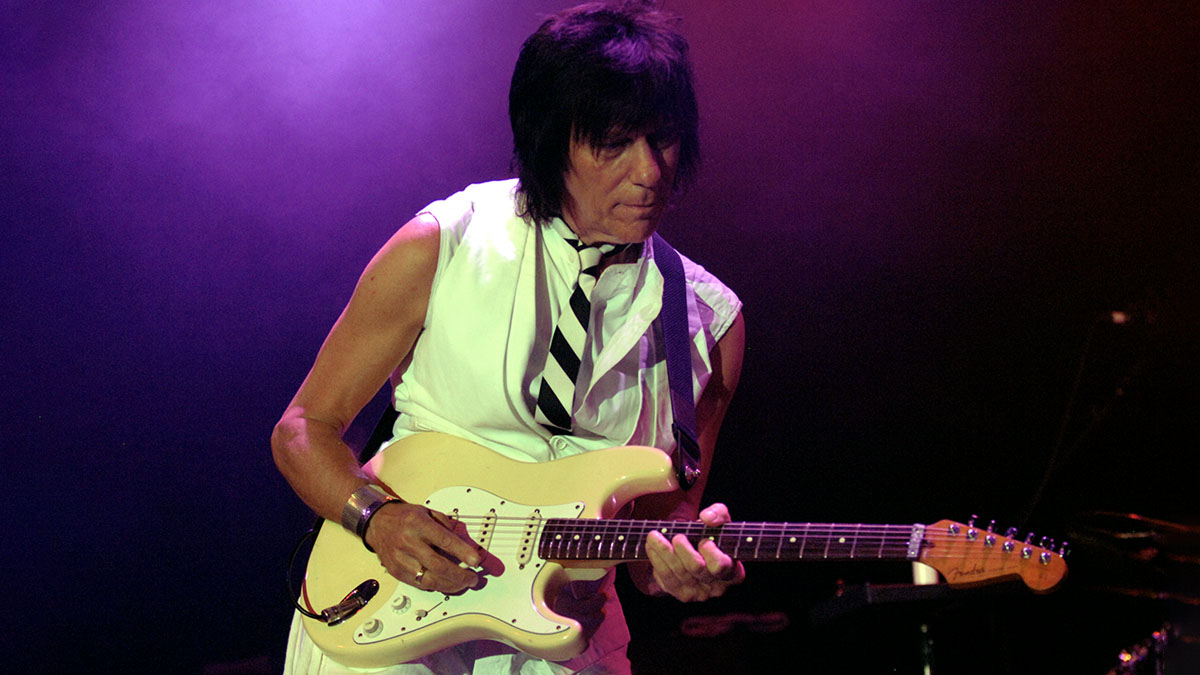
By this point in his career, Beck had also long since ditched using a pick, opting instead for the more dextrous approach of picking with his thumb and fingers. A 2008 live performance of the track from Ronnie Scott’s gives a particularly good insight into just how involved both the left and right hand techniques are on this song.
Beck switches adeptly from slide to fretted notes, while attentively tweaking the volume and tone controls, tremolo arm and switching the pick-up selection from bridge to neck and back again. There’s so much going on that if you blink, you really will miss a trick!
5. Hammerhead – Emotion & Commotion (2010)
Hammerhead won the 2011 Grammy award for Best Rock Instrumental Performance, against stiff competition from the likes of The Black Keys, Dave Matthews and Dweezil Zappa.
While much of Emotion & Commotion is characterised by rich orchestral accompaniments, Hammerhead is much more reminiscent of Jeff Beck’s earlier, rockier offerings from the days of the Yardbirds and 1970s albums like Blow By Blow.
The track opens with a Jimi Hendrix-esque wah wah driven intro not unlike ‘Voodoo Child (Slight Return)’ in its style and delivery. However, at around 38 seconds in, the track takes a stylistic shift, the rhythm section joins in, and the track launches into a driving cyclical riff with a rolling 12/8 feel. It’s Jeff Beck at his grooviest.
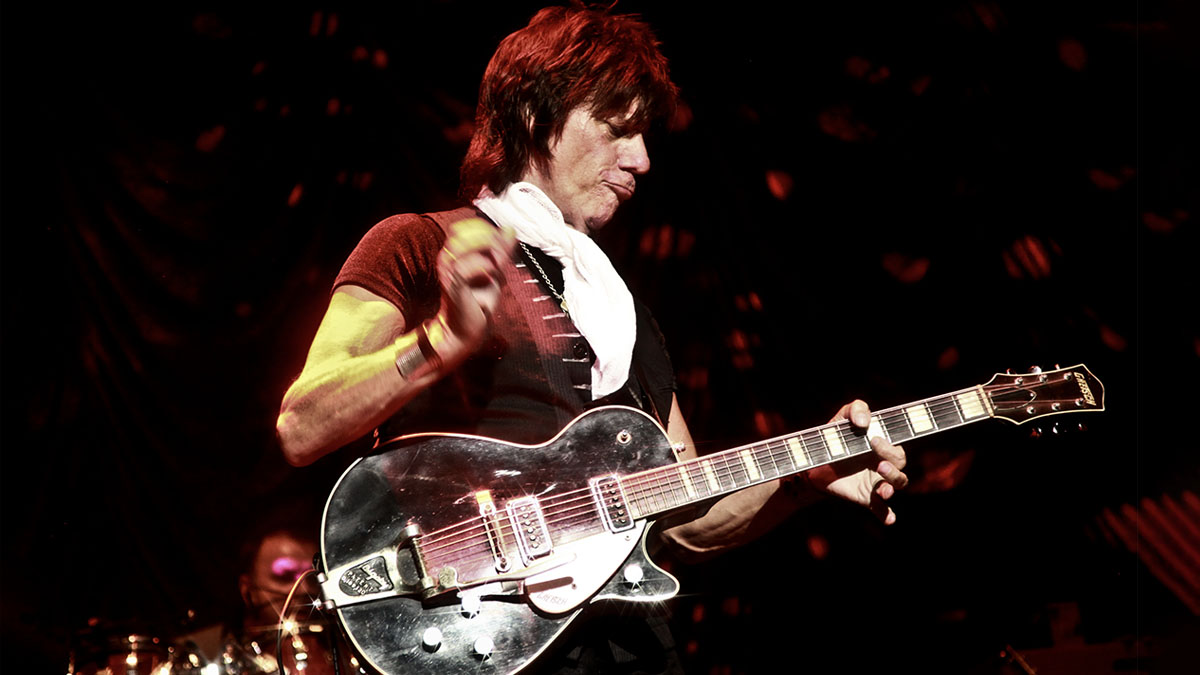
Beck’s lead work on the track also transmutes from restrained, languid swells to full-blown, in-your-face ear meltery with overdriven dive-bombing whammy bar work that would give even Eddie Van Halen a run for his money.
Beck has credited Czech-American musician, composer Jan Hammer as the inspiration for Hammerhead. Hammer had played keyboards with the Mahavishnu Orchestra in the early 1970s, and collaborated with Beck as early as 1976’s Wired, before going on to compose film and television scores – including the theme for Miami Vice.
Unlikely as it may seem, some stylistic similarities can be heard between the classic ‘80s theme song and Beck’s award-winning, hard-riffing masterpiece.
Ellie started dabbling with guitars around the age of seven, then started writing about them roughly two decades later. She has a particular fascination with alternate tunings, is forever hunting for the perfect slide for the smaller-handed guitarist, and derives a sadistic pleasure from bothering her drummer mates with a preference for “f**king wonky” time signatures.
As well as freelancing for MusicRadar, Total Guitar and GuitarWorld.com, she’s an events marketing pro and one of the Directors of a community-owned venue in Bath, UK.
“I’m beyond excited to introduce the next evolution of the MT15”: PRS announces refresh of tube amp lineup with the all-new Archon Classic and a high-gain power-up for the Mark Tremonti lunchbox head
“These guitars travel around the world and they need to be road ready”: Jackson gives Misha Mansoor’s Juggernaut a new lick of paint, an ebony fingerboard and upgrades to stainless steel frets in signature model refresh




